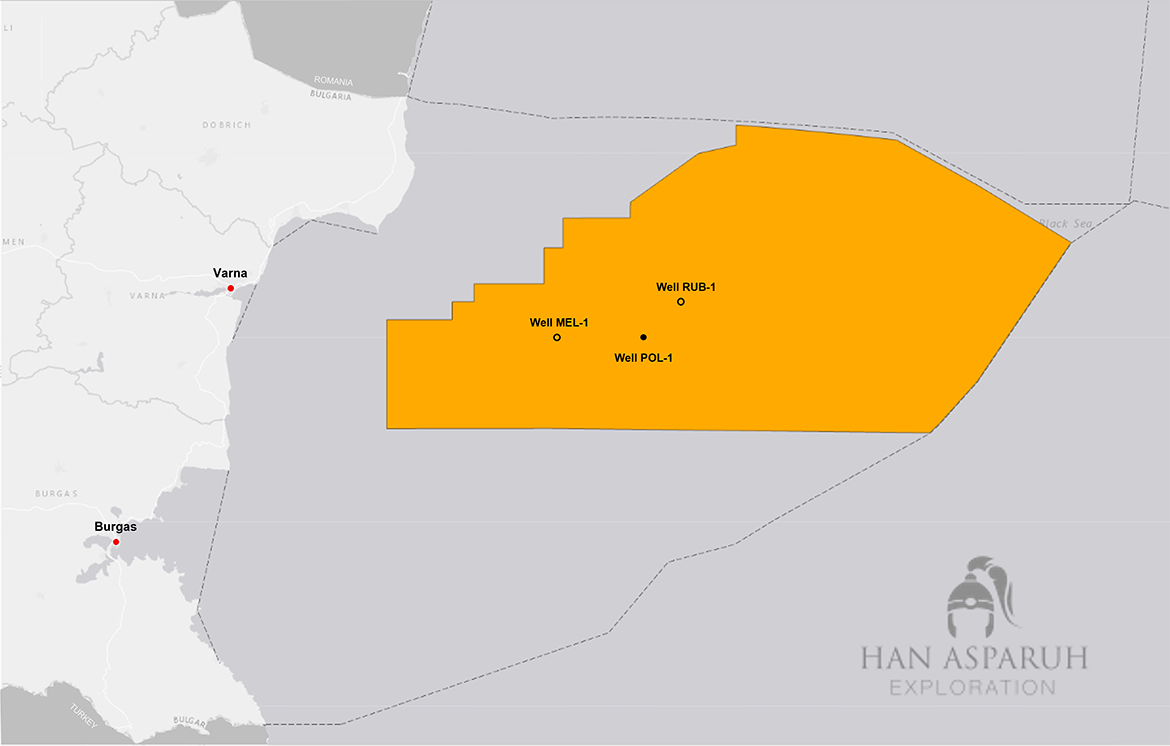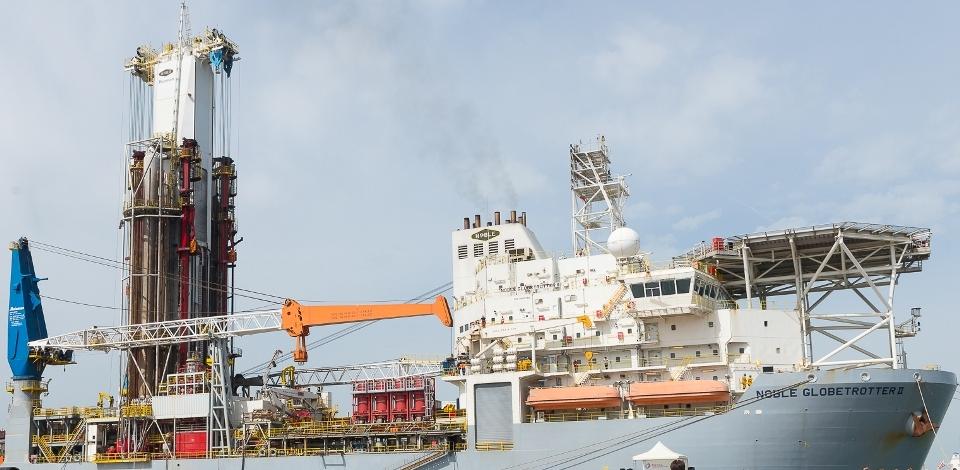TotalEnergies' exploration experience in Block Han Asparuh

TotalEnergies and its partners have realized two major seismic data acquisition campaigns in the Black Sea on Block Han Asparuh. The first survey was led in 2012-2013 by OMV, in the western part of the Block (this was the largest survey in the Black Sea at the time). The second survey, performed in the eastern part of the block, has been successfully completed by TotaEnergies in May 2020.
We have acquired 7 740 km2 in 2012 and 5600 km2 in 2020 of 3D seismic data from Block Han Asparuh. The block has been now almost entirely covered with high-end seismic imaging technology. Drilling locations are optimally defined by combining the analysis of the 3D underground image with geological information coming from neighboring wells and regional geological knowledge. In 2020 TotalEnergies organized and supervised the operations in a complex period at the start of the COVID-19 pandemic. One of the world largest seismic vessel (the OceanVega) has been used. Thanks to the dedication of the seismic contractor team (Shearwater), the campaign has been successful.
The first seismic campaign helped understanding the geology of the western part of the block and locate and drill safely the first three exploration wells that demonstrated the existence of a petroleum system.
The second campaign aimed at imaging in 3D the underground of the eastern part of the block and at possibly defining the location of future exploration wells.
High-end technology
Everyone is familiar with the use of echography to image babies. Seismic data acquisition is based on the same principle but on a much larger scale with the objective to image the underground.
A huge amount of data has been collected from the seismic studies on Han Asparuh: about 350000 Gbytes of data have been recorded in 2020 (this is equivalent of the size of a collection of about two hundred thousand 2 hours movie in digital format!).
In order to build a 3D image of the underground of the entire area with the recorded data, several months of high-end processing on High Performance super computers such as TotalEnergies' Pangea are necessary.
Energy diversification possibilities
Successful exploration could lead to future production of hydrocarbons in Bulgaria. This would definitely open new horizons for Bulgaria energy sourcing. Seismic acquisitions conducted on Block Han Asparuh are definitely a milestone in understanding the resource potential of the deep waters of the Black Sea.
Drilling exploration wells
In April 2016 the drillship Noble Globetrotter II headed to the location of the first exploration well on Block Han Asparuh in a quest for hydrocarbons. Polshkov-1 was the first deep water well in Bulgarian waters of the Black Sea.

The drillship Noble Globetrotter II
Complex operations and Advanced Technologies
This journey back in time in the underground geological formations of the Earth required professional experience and knowledge – features that Han Asparuh team possesses. Our specialists faced the challenge of overcoming 2000 m of water and 4000 m of rock. The drilling campaign was supported by a complete logistic chain that included 3 supply vessels, 2 helicopters and an onshore base in Varna.
Total relied on the latest generation drillship Noble Globetrotter II which had an excellent safety record and used advanced conventional technologies. The drillship is state of the art and has a Dynamic Positioning system where a computer automatically manages the power of 6 propellers to keep the ship on location in the deep waters whatever the weather conditions. The drillship is also equipped with a remote operated submarine to observe what is happening at the bottom of the sea.
Continuous endeavor to explore for hydrocarbons in the Black Sea
A second exploration well, Rubin-1, was started in late September 2017. The same drillship was contracted again. Port Lesport, Varna remained the onshore base for conducting the logistics operations and the same supply vessels and helicopters were deployed. This second deep water well was again located in the Bulgarian Exclusive Economic Zone of the Black Sea, this time approximately 90 km away from the nearest coastline and 14 km northeast of Polshkov-1. The operations were completed in January 2018.
A third well, Melnik-1, was drilled from November 2018 until January 2019.
The three exploration wells have demonstrated the existence of a petroleum system in the deep waters of the Black Sea.

